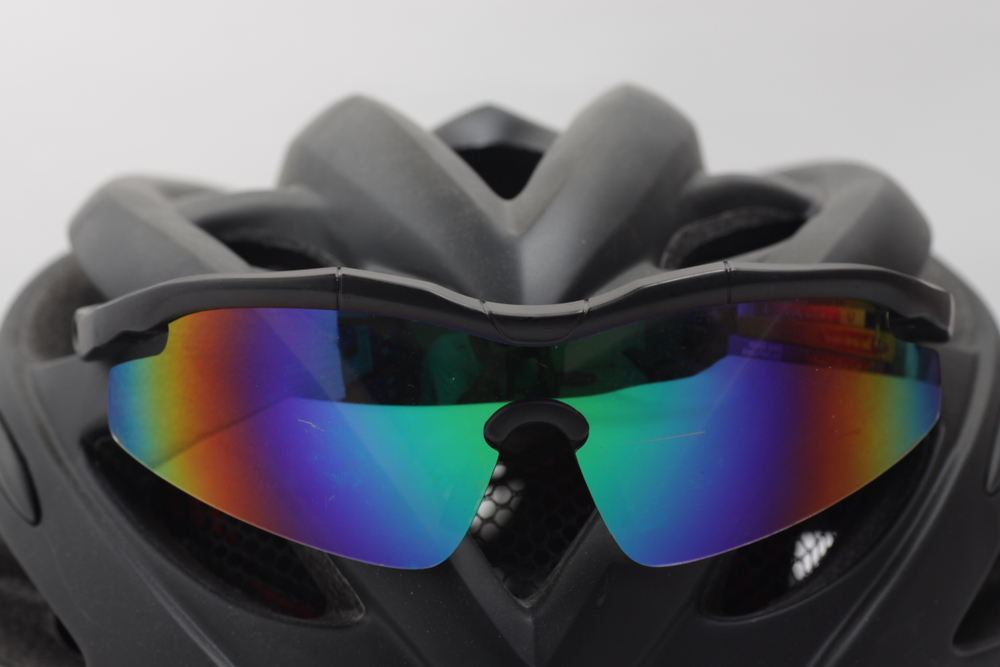Introduction
Polarized safety glasses are a critical piece of protective equipment in various industries. They not only protect the eyes from harmful UV rays but also enhance vision by reducing glare. This article provides an in-depth analysis of polarized safety glasses, their benefits, applications, and challenges. Whether you are an industry professional or someone looking for reliable eye protection, this guide will offer valuable insights.
What Are Polarized Safety Glasses?
Polarized safety glasses are specially designed eyewear that combines the protective features of safety glasses with the glare-reducing benefits of polarized lenses. These glasses are essential for individuals working in environments with intense light exposure, such as construction sites, manufacturing plants, and outdoor sports fields. They protect the eyes from harmful UV rays, debris, and intense glare, ensuring clear and safe vision.
The Science Behind Polarization
Polarization refers to the process of filtering light waves to reduce glare. Light waves travel in various directions, and when they hit a flat surface like water or a road, they reflect horizontally, creating glare. Polarized lenses contain a special filter that blocks these horizontal light waves, allowing only vertical waves to pass through. This significantly reduces glare and enhances visual clarity.
Benefits of Polarized Safety Glasses
Polarized safety glasses offer numerous benefits, including:
- Enhanced Visual Comfort: By reducing glare, these glasses minimize eye strain and discomfort, especially during prolonged use.
- Improved Safety: Clear vision is crucial for safety in high-risk environments. Polarized lenses help workers see clearly, reducing the risk of accidents.
- Protection from UV Rays: These glasses protect the eyes from harmful ultraviolet rays, which can cause long-term damage.
- Better Color Perception: Polarized lenses enhance color contrast, making it easier to distinguish objects and details.
Applications in Various Industries
Construction: Workers in construction sites are often exposed to bright sunlight and reflective surfaces. Polarized safety glasses help reduce glare from these surfaces, improving safety and productivity.
Manufacturing: In manufacturing plants, workers are exposed to various light sources and reflective materials. Polarized lenses enhance visibility and protect the eyes from potential hazards.
Automotive: Mechanics and automotive workers benefit from polarized safety glasses by reducing glare from shiny car surfaces and enhancing their ability to see details.
Outdoor Sports: Athletes and outdoor enthusiasts use polarized safety glasses to reduce glare from water, snow, and other reflective surfaces, enhancing performance and comfort.
How Polarized Safety Glasses Work
Understanding Light Waves
Light waves oscillate in multiple directions. When these waves hit reflective surfaces, they align horizontally, creating glare. Polarized lenses have a special filter that blocks horizontal light waves while allowing vertical waves to pass through.
Reducing Glare
The primary function of polarized lenses is to reduce glare. This is particularly beneficial in environments with bright, reflective surfaces such as water, roads, and buildings.
Key Features to Look For
Lens Material
The lens material is crucial for both protection and clarity. Common materials include polycarbonate, which is lightweight and impact-resistant, and glass, which offers superior optical clarity but is heavier.
Frame Durability
Frames should be made from durable materials like nylon or polycarbonate to withstand harsh environments and frequent use.
Fit and Comfort
A good fit is essential for prolonged use. Look for adjustable nose pads, cushioned temple tips, and lightweight designs to ensure comfort.
Types of Polarized Safety Glasses
Prescription
Prescription polarized stylish safety glasses are customized to correct vision while providing the benefits of polarization.
Non-prescription
These are standard polarized safety glasses that do not have corrective lenses but offer protection and glare reduction.
Clip-ons
Clip-ons are designed to attach to existing prescription glasses, providing polarization without the need for a separate pair of glasses.
Photochromic
Photochromic lenses adjust their tint based on light conditions, providing polarization and UV protection both indoors and outdoors.
The Role of Polarized Safety Glasses in Eye Health
UV Protection
Polarized lenses block 100% of UVA and UVB rays, protecting the eyes from long-term damage.
Reducing Eye Strain
By minimizing glare, these glasses reduce eye strain and fatigue, especially during extended use.
Enhancing Visual Clarity
Enhanced visual clarity helps users perform tasks more efficiently and accurately, reducing the risk of errors and accidents.
How to Choose the Right Pair
Assessing Needs
Determine the primary use of the glasses, whether for work, sports, or daily wear, to select the most suitable pair.
Budget Considerations
While polarized safety glasses are an investment, there are options available at various price points to fit different budgets.
Brand Reputation
Choose reputable brands known for quality and durability to ensure you get a reliable product.
Challenges in Using Polarized Safety Glasses
Cost
Polarized safety glasses can be more expensive than non-polarized options, which may be a consideration for some users.
Compatibility with Digital Screens
Polarized lenses can sometimes interfere with viewing digital screens, causing distortions or reduced visibility.
Maintenance
Regular cleaning and proper storage are necessary to maintain the effectiveness and longevity of polarized safety glasses.
Cleaning and Maintenance Tips
Daily Cleaning
Use a microfiber cloth and lens cleaner to wipe the lenses daily, removing dust and smudges.
Storage
Store the glasses in a hard case when not in use to prevent scratches and damage.
Handling Scratches
Minor scratches can be buffed out with a lens polish, but deep scratches may require professional repair or replacement.
The Future of Polarized Safety Glasses
Technological Advancements
Advances in lens technology, such as improved polarization filters and materials, will enhance the performance and comfort of polarized safety glasses.
Market Trends
Increasing awareness of eye protection and the benefits of polarization is driving demand, leading to a wider range of options and features.
FAQs
What makes polarized safety glasses different from regular safety glasses?
Polarized safety glasses include a special filter that reduces glare from reflective surfaces, providing clearer vision and greater comfort compared to regular safety glasses.
Can polarized safety glasses be used indoors?
While they are primarily designed for outdoor use, polarized safety glasses can be used indoors in environments with high levels of reflective light.
Are polarized safety glasses suitable for driving?
Yes, they reduce glare from the road and other vehicles, enhancing visibility and safety while driving.
Do polarized safety glasses protect against UV rays?
They block 100% of UVA and UVB rays, providing essential protection from harmful ultraviolet radiation.
How do I clean polarized safety glasses?
Use a microfiber cloth and lens cleaner specifically designed for eyewear to gently clean the lenses without scratching them.
Can I get prescription polarized safety glasses?
Yes, many manufacturers offer prescription options that combine vision correction with the benefits of polarized lenses.
Conclusion
Polarized safety glasses are an invaluable tool for protecting your eyes in a variety of environments. Their ability to reduce glare, enhance visual clarity, and provide UV protection makes them a top choice for professionals and outdoor enthusiasts alike. By understanding the benefits, applications, and challenges of polarized safety glasses, you can make an informed decision and choose the right pair for your needs.



One thought on “The Ultimate Guide to Polarized Safety Glasses”